信用卡的英语单词
您好, 信用卡的英语单词:credit card
若您有对信用卡感兴趣,对于信用卡的基本功能大致都是相同的,例如都可以先消费、后还款;使用预借现金功能;选择最低还款业务;网上购物;分期购物等等。若您对刷卡消费没有特别的要求,申请任意一款都是可以的。
若您需要详细了解,您可以点此链接
详细了解下招商银行信用卡。
目前招行所有信用卡里,YOUNG卡青年版是最好申请的,因为是2010年才推出的、针对大学毕业、30岁以下的社会新鲜人,相对来说容易批到。建议如果是在招行申请自己名下的首张信用卡,可以优先考虑办YOUNG青年版比较好。另外,招行并不限制同户名下有几张卡,都是共享额度的,等批到YOUNG青年版后,随着自己需求的增加——外出旅游或者用餐、买了汽车需要办“车购易”、玩游戏需要兑换魔兽的点卡等等——可以办其他招行信用卡了。一般在已经持卡的情况下申请招行“二卡”都能批到的(白金卡、无限卡除外,那些主要由银行发起邀请)。

信用卡的好处与坏处英语总结
Advantages of using credit cards:
Firstly, it is safer than carrying a lot of money.
Then, it is convenient.
Thirdly, we can buy something without pay money.
Disadvantages:
First of all, your code may be known by others.
Then, you must have a lot of bills. If you don't pay back, you will be accused.
大家都用信用卡吗,对信用卡有啥看法?
您好,本人手机一直用信用卡的,还是很方便的,还可以分期付款,减少压力。信用卡又叫贷记卡,是由商业银行或信用卡公司对信用合格的消费者发行的信用证明。其形式是一张正面印有发卡银行名称、有效期、号码、持卡人姓名等内容,背面有磁条、签名条的卡片。持有信用卡的消费者可以到特约商业服务部门购物或消费,再由银行同商户和持卡人进行结算,持卡人可以在规定额度内透支。我国有关法律(《全国人民代表大会常务委员会关于中华人民共和国刑法有关信用卡规定的解释》)规定的信用卡,是指由商业银行或者其他金融机构发行的具有消费支付、信用贷款、转账结算、存取现金等全部功能或者部分功能的电子支付卡,2017年12月1日,《公共服务领域英文译写规范》正式实施,规定信用卡标准英文名为Credit Card,信用卡一般是长85.60毫米、宽53.98毫米、厚1毫米的的特制载体塑料卡片,正面印有发卡机构名称、有效期、号码、持卡人姓名等内容,背面有芯片、磁条、签名条。持卡人可以凭信用卡向特约单位购物、消费和向银行存取现金。信用卡消费是一种非现金交易付款的方式,消费时无须支付现金,待账单日(Billing Date)时再进行还款。信用卡分为贷记卡和准贷记卡,贷记卡是指持卡人拥有一定的信用额度、可在信用额度内先消费后还款的信用卡;准贷记卡是指持卡人按要求交存一定金额的备用金,当备用金账户余额不足支付时,可在规定的信用额度内透支的准贷记卡。所说的信用卡,一般单指贷记卡。最早的信用卡出现于19世纪末。19世纪80年代,英国服装业发展出所谓的信用卡,旅游业与商业部门也都跟随这个潮流。但当时的卡片仅能进行短期的商业赊借行为,款项还是要随用随付,不能长期拖欠,也没有授信额度。据说20世纪50年代的一天,美国商人弗兰克·麦克纳马拉在纽约一家饭店招待客人用餐,就餐后发现他的钱包忘记带在身边,不得不打电话叫妻子带现金来饭店结账,因而深感难堪,于是麦克纳马拉产生了创建信用卡公司的想法。1950年春,麦克纳马拉与他的好友施奈德合作投资一万美元,在纽约创立了“大来俱乐部”DinersClub),即大来信用卡公司的前身。大来俱乐部为会员们提供一种能够证明身份和支付能力的卡片,会员凭卡片到指定27间餐厅就可以记账消费,不必付现金,这就是最早的信用卡。这种无须银行办理的信用卡的性质属于商业信用卡。1952年,美国加利福尼亚州的富兰克林国民银行作为金融机构首先发行了银行信用卡,成为第一家发行信用卡的银行。1959年,美国的美洲银行在加利福尼亚州发行了美洲银行卡。此后,许多银行加入了发卡银行的行列。到了20世纪60年代,银行信用卡很快受到社会各界的普遍欢迎,并得到迅速发展,信用卡不仅在美国,而且在英国、日本、加拿大以及欧洲各国也盛行起来。从20世纪70年代开始,香港、台湾、新加坡、马来西亚等地区也开始办理信用卡业务。20世纪60年代,信用卡在美国、加拿大和英国等欧美发达国家萌芽并迅速发展,经过50多年的发展,信用卡已在全球95%以上的国家得到广泛受理。20世纪80年代,随着改革开放和市场经济的发展,信用卡作为电子化和现代化的消费金融支付工具开始进入中国,并在近十年的时间里,得到了跨越式的长足发展。
在经历了金融危机以及国内经济的起伏后,我国信用卡市场在2016年有所回暖。截至2016年底,国内信用卡发总量已突破5.9亿张。2016年全国信用卡消费交易金额达到741.81万亿 增长10.75%,信用卡消费在社会消费品零售总额中所占的比重不断提升
信用卡
一篇关于信用卡的英文文章
Credit Card Cash Advance Pitfalls
Credit card cash advances can provide consumers with convenient and instant access to "cold cash" in times of financial need, but cash advances should be avoided if at all p.o.s sible. Informed consumers realize that cash advances are typically accompanied by fees and exorbitant interest rates (there is also no grace periodfor cash advances). Moreover, cash advances can be a major stumbling block for consumers seeking debt relief. We hope the following tips help consumers avoid the pitfalls associated with cash advances.
* Fees for cash advances vary, but fees can be very costly. Fees are computed using two calculation methods. Many card issuers calculate fees on a percentage basis, which typically ranges from 1% to 4%. Other issuers charge "flat fees" for advances. "Flat fees" are not based on the amount of the advance and, therefore, are always the same.
An increasing trend is to combine both calculation methods. Combining calculation methods results in higher cash advance fees. An example of this would be an issuer that charges x% for an advance, but charges a minimum of $10 regardless of the amount of the advance. Another example would be an issuer that charges x% for an advance or $20, whichever is greater. Read the terms of your card agreement carefully. Fee calculation can get tricky.
A few issuers do not charge any fees at all. This is very rare, though.
Finally, if you must get an advance, avoid using ATM machines. ATMs charge an additional fee for advances. This fee is charged by the financial institution that owns the ATM.
* Often the greatest potential pitfall for consumers who decide to get a cash advance involves finance or interest charges. The interest rate for cash advances is often several points higher than the normal purchase interest rate (the rate that is associated with everyday card purchases). Cash advance rates normally range from 20% to 25%. In contrast, the average purchase rate for a standard credit card ranges from 15.88% to 17.30% according to. However, a few issuers charge the same rate for both purchases and cash advances "Low Rate Report" for more info).
Other finance charge pitfalls involve grace periods and the payment method that a card issuer utilizes. Cash advances begin accruing interest immediately and, therefore, are not subject to a grace period. Thus, even if you pay your card balance in full when your bill arrives, you will still be accessed a finance charge for any advances.
A similar pitfall involves the manner in which payments are applied to your account. Most issuers apply payments to card purchases before they apply payments to cash advances (i.e. payments are first applied to purchases). If you carry a balance on your card, this can result in your a dramatic increase in your finance charges and overall interest rate.
* Please be aware that any "credit card checks" that you receive in the mail are usually treated as cash advances! Card issuers often tout such checks as an easy way to pay off the bill of your choice or to acquire some extra spending money. While using a check may be convenient, it can be extremely costly. Many balance transfers are also treated as cash advances.
* Dependency on cash advances can be an outward sign of serious debt problems. Consumers that regularly rely on advances to "make ends meet" urgently need debt counseling. Cash advances are so tempting that some cardholders fall victim to the "cash advance trap" and find themselves caught in a vicious cycle. If this statement applies to you or someone you know, please consult CardRating.com's "Get Debt Relief" section for a list of helpful resources
英语作文 如何使用信用卡
As mentioned in an early article, there are two types of credit cards: secured and unsecured. This article will explore some of the issues of secured credit cards.
What is a secured credit card?
A secured card is a credit card that requires you to dep.o.s it a certain amount of money into a savings account, money market account, or certificate of dep.o.s it. The minimum amount usually ranges between $200 and $500 but this will vary from one company to another. Your dep.o.s it is considered your security and some card issuers will even allow the dep.o.s it to earn interest.
The amount that you dep.o.s it into the account is your credit limit. You should understand that sometimes the limit will be for the full amount that you put into the account but with some companies your limit may be a percentage of the total amount that you dep.o.s ited.
A secured credit card is not a debit card. This is important to understand because if full payments are not made each month, interest will be charged on the outstanding balance.
Who should consider using secured credit cards?
If you have no credit history at all, using a secured credit card can be a good way to begin establishing your credit. Many young people who are just starting out may choose this as an option.
If you have bad credit, you may wish to use a secured credit card to help you improve your credit score. In addition, a secured credit card may be the only source you will have for obtaining a credit card. There are some transactions that require the use of a credit card. This might include car rentals or hotel reservations. If you need to make those types of transactions and cannot get an unsecured credit card, this might be the only way you can get a true credit card.
What to look for in a secured credit card:
Interest Rate: Do not be fooled into thinking that because you have no credit history or a bad credit report that you have to settle for exorbitant interest rates. Make it a point to shop around for the lowest rates that you qualify for before you apply for a secured credit card.
Fees: Pay close attention to any fees that will be charged to you or to your account once it is opened. There are some companies that will charge ridiculously high fees that will reduce your initial dep.o.s it before you even use the card. Stay away from those companies. Look for companies that have no fees whatsoever or for those companies that charge a small one-time fee to set up the account. Annual fees for attractive secured cards typically range from $20-$35.
Scams: It is sad to say that there are companies out there who are in the business of ripping people off. They prey on the vulnerability of those who may be in a credit crunch. Some of the things they do include promises of getting you "quick credit" for a price. Another popular scam is to ask you to call a 900 phone number for "secrets" to getting a credit card or credit repair. Your phone company will charge you a high rate for using a 900 number and you never get the information that was offered.
The best advice to avoid secured credit card scams is that if it sounds too good to be true it is. Use your common sense and do not be taken by these crooks.
Credit Improvement Issues: Even with a very good payment history on your secured card it can takes many months before you begin to see improvement in your credit record. You have to be patient when repairing bad credit. You also have to be smart. Make sure that the company that issues the secured credit card to you will report your good payment history to the three big credit reporting agencies. Not all companies report and if they do not report you are simply wasting your time.
Keep in mind that they will also report your bad payment history if you do not pay on time. Be careful and make your payments on time each and every month.
关于信用卡用卡知识英文和用信用卡的英文的介绍本篇到此就结束了,不知道你从中找到你需要的信息了吗 ?如果你还想了解更多这方面的信息,记得收藏关注本站。


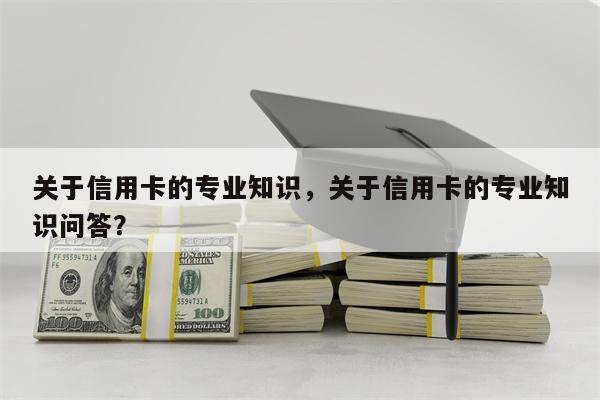
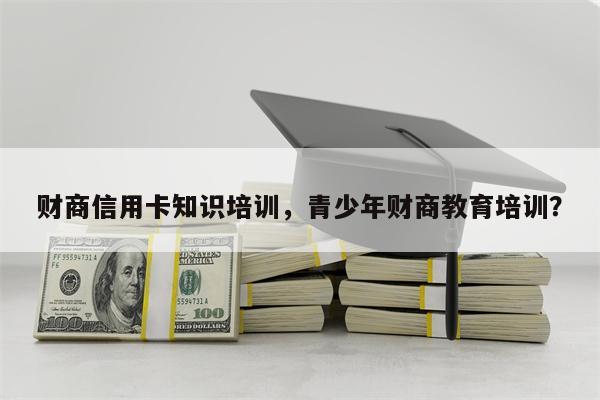

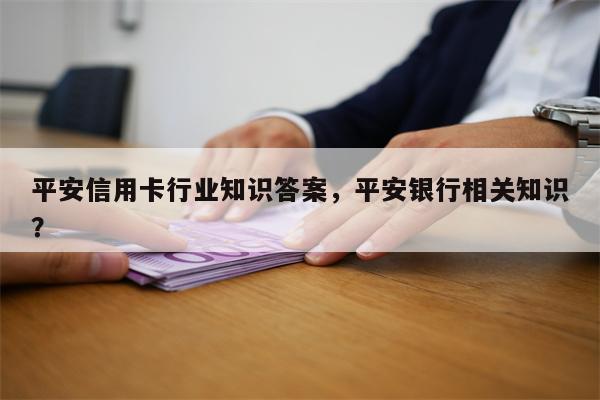
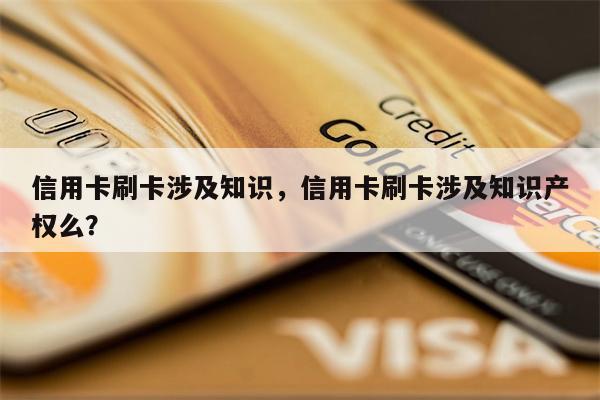
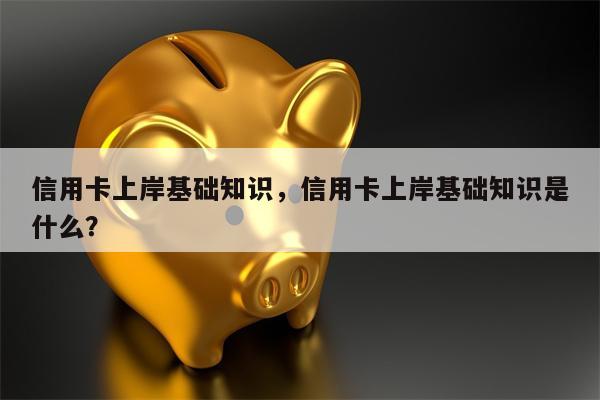
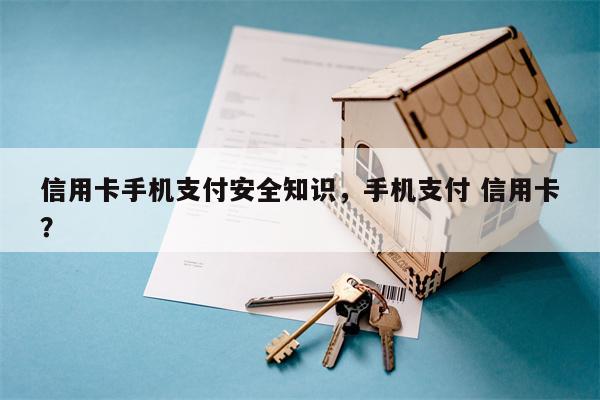
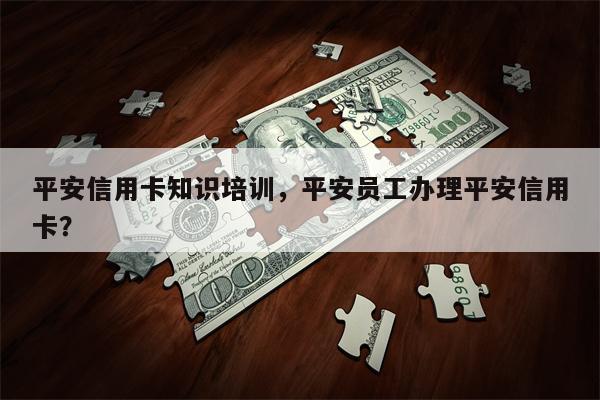
还没有评论,来说两句吧...